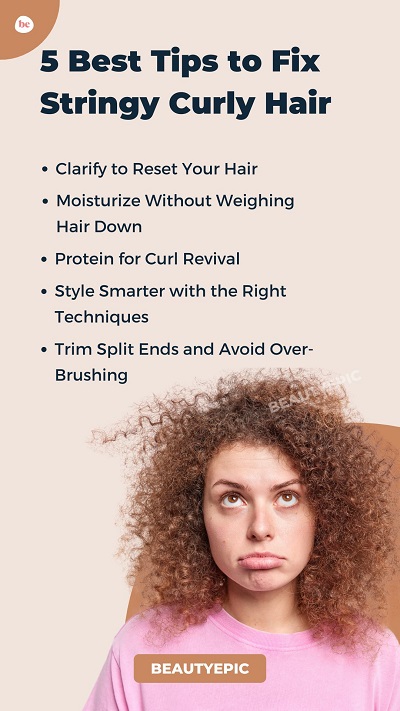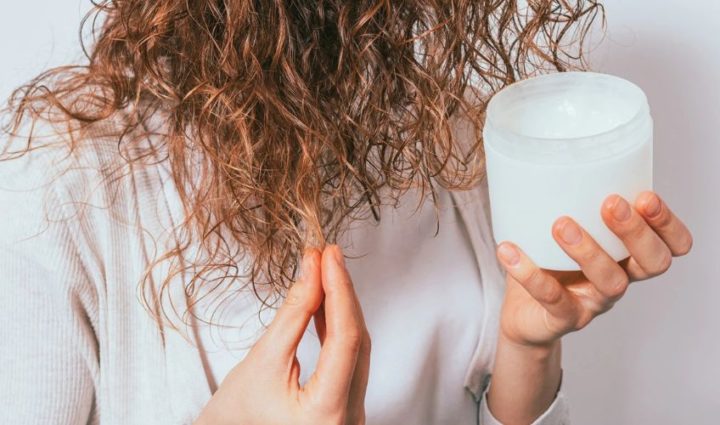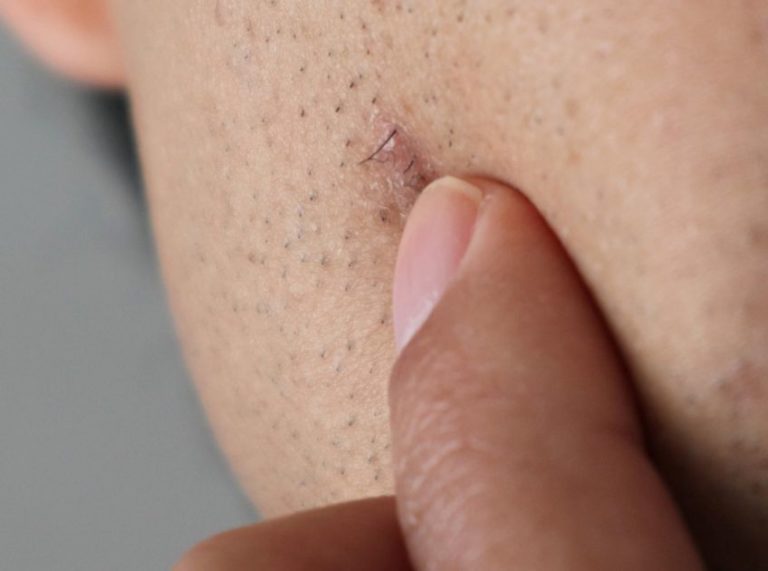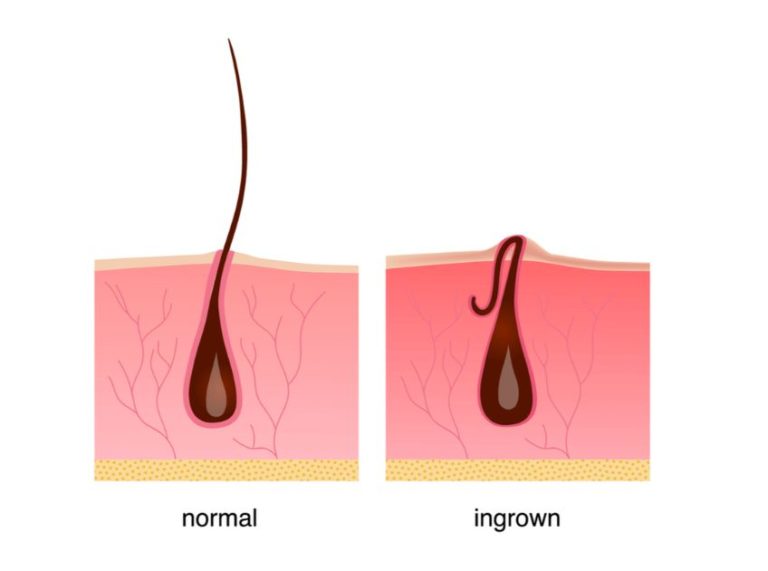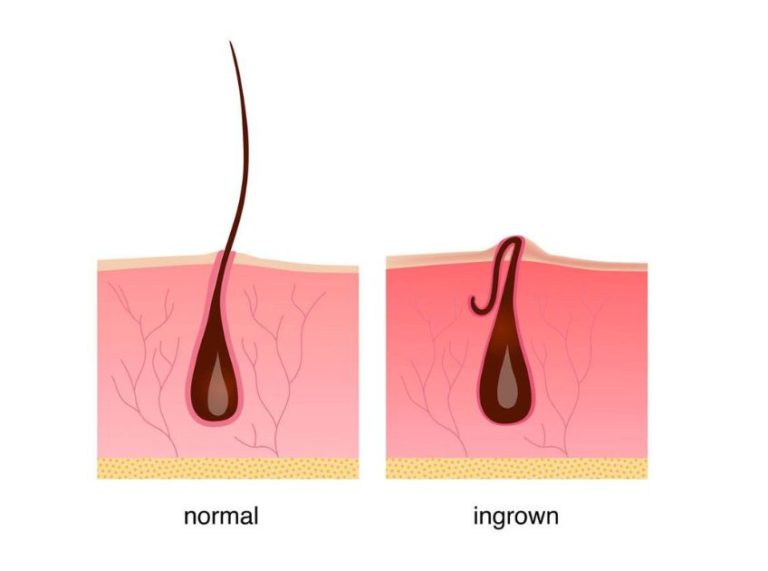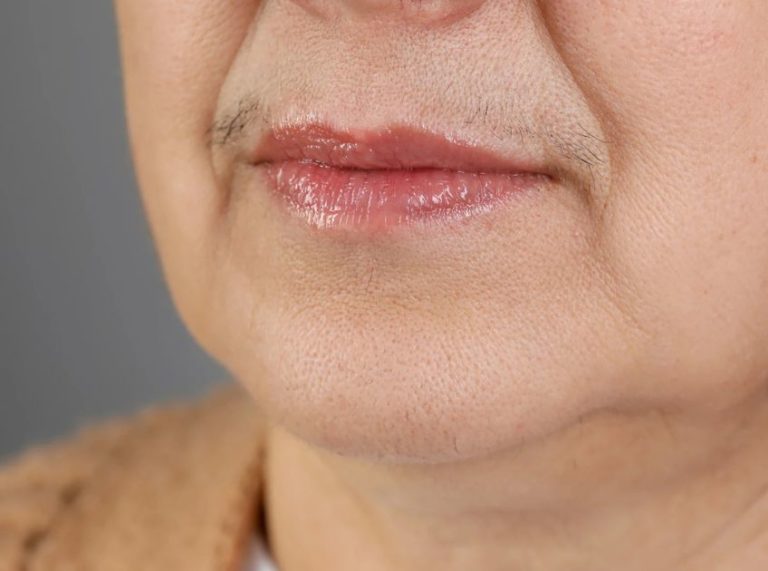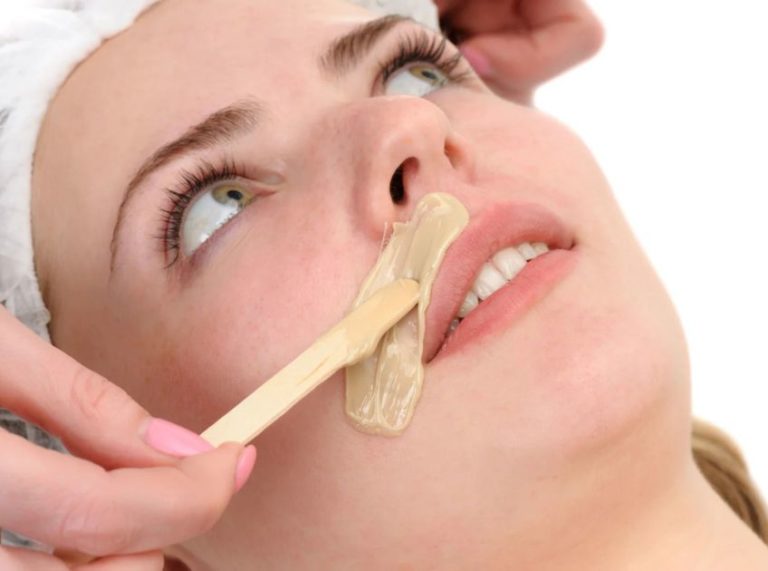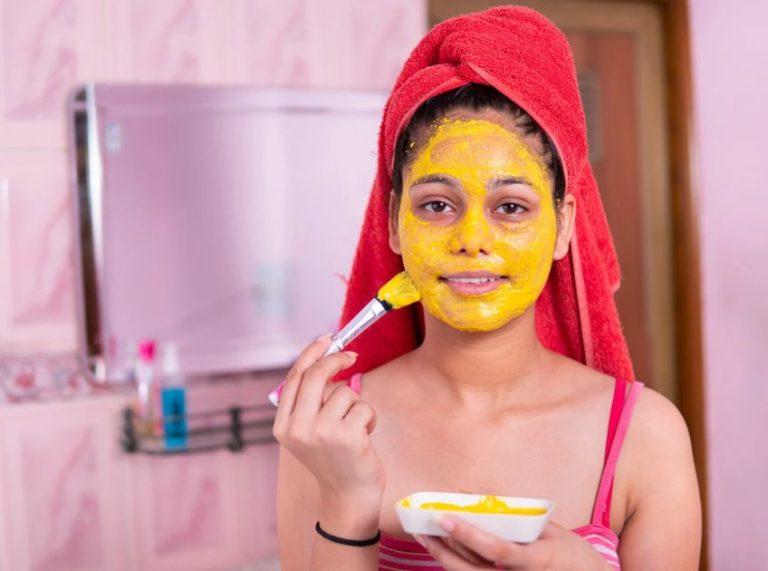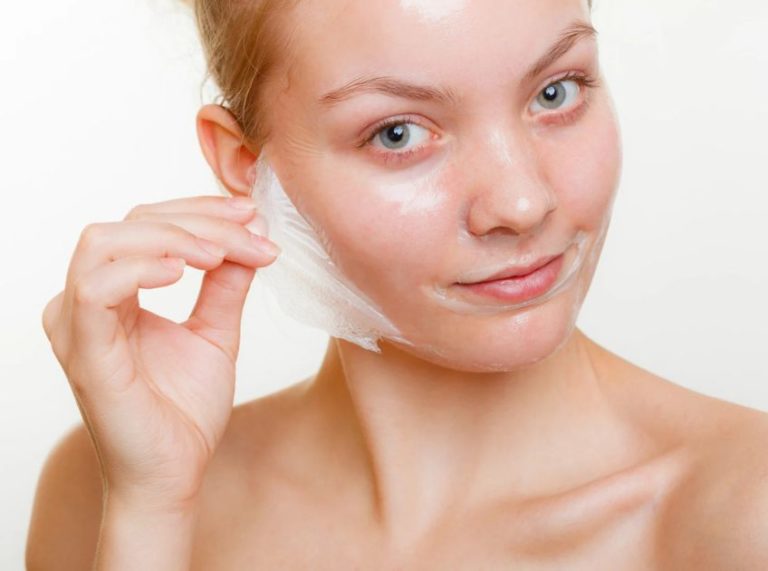
Important: This article is for informational purposes only. Please read our full disclaimer for more details.
Stringy curls can feel frustrating, especially when your hair once had bounce, volume, and beautiful definition. Over time, environmental stressors, product buildup, improper techniques, or a lack of moisture can cause curls to clump unevenly, appear flat, or hang limp. But the good news? You don’t need harsh chemicals or expensive salon treatments to fix them.
Let’s explore natural, science-backed ways to bring your curls back to life.
What Are Stringy Curls and Why Do They Happen?
Stringy curls are strands that appear thin, limp, and separated rather than forming uniform, voluminous curls. Common causes include:
- Product buildup (especially from silicones and waxes)
- Moisture imbalance (either too dry or over-conditioned)
- Heat damage or over-manipulation
- Using the wrong styling techniques for your curl pattern
Understanding the cause is key to selecting the right solution.
Natural Solutions to Fix Stringy Curls
1. Clarify to Reset Your Hair
Over time, residue from shampoos, conditioners, and styling products can coat your strands and weigh curls down.
Natural solution: Use a DIY apple cider vinegar (ACV) rinse (1 part ACV to 3 parts water). It helps remove buildup, balance pH, and close the hair cuticle, resulting in smoother, shinier curls.
🧪 Study Insight: ACV has acetic acid, known for its antimicrobial and clarifying properties, which may help with scalp health and curl definition (1).
2. Moisturize Without Weighing Hair Down
Stringy curls often lack moisture, but too much heavy conditioning can also drag them down.
Try this: Use aloe vera gel or flaxseed gel as a lightweight leave-in. These natural humectants lock in moisture without residue.
🧪 Scientific Note: Aloe vera contains polysaccharides, which have been shown to improve hair hydration and elasticity (2).
3. Protein for Curl Revival
If your curls feel mushy or lifeless, you might be protein-deficient. Hair is made of keratin, and protein treatments can help rebuild its structure.
DIY fix: Use a yogurt + egg hair mask once every 2–4 weeks. Both are rich in proteins that temporarily reinforce the hair shaft.
🧪 Protein Insight: Hydrolyzed proteins (like those in eggs) have been studied for their temporary ability to fill gaps in damaged hair cuticles, enhancing strength and elasticity (3).
4. Style Smarter with the Right Techniques
Even with the best products, poor technique can leave curls looking stringy.
Natural tips
- Apply the product to soaking wet hair
- Use the “praying hands” method and scrunch
- Try finger coiling sections to enhance clump definition
- Air dry or diffuse gently—never rough dry with a towel
5. Trim Split Ends and Avoid Over-Brushing
Split ends and rough detangling can make curls uneven. Regular dusting (small trims every 8–12 weeks) encourages healthier curl formation.
Use a wide-tooth comb or fingers to detangle gently, preferably when hair is wet and conditioned.
Frequently Asked Questions (FAQ’S)
Q1: Can stringy curls be reversed without cutting off all my hair?
A. Yes! Unless your hair is severely heat-damaged or chemically processed, most stringy curls can be revived with proper care and consistency.
Q2: How long does it take to restore natural curls?
A. With regular deep conditioning, clarifying, and gentle styling, many people see results within 3–6 weeks. More damaged hair may take longer.
Q3: Are oils good for fixing stringy curls?
A. Light oils like argan, jojoba, or grapeseed can help seal in moisture. Avoid heavy oils that may weigh your curls down and worsen the stringy look.
Reviving your stringy curls doesn’t require harsh chemicals or expensive treatments. With a little patience, natural ingredients, and curl-conscious techniques, you can bring back definition, volume, and shine—naturally.
